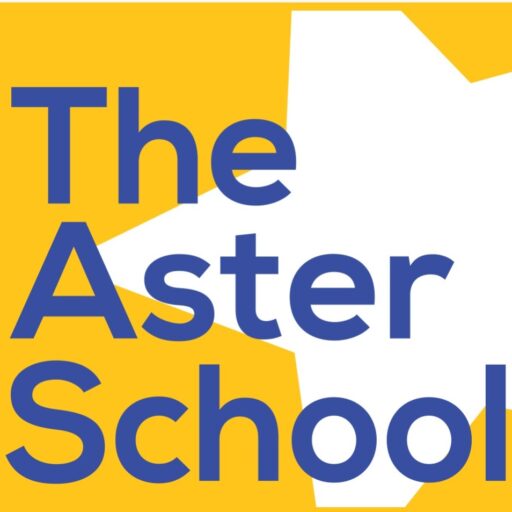Toddler’s Environment – Laying the foundation for self-directed learning
We believe that each child is unique and we follow them at their own pace. The Toddler Environment is for children between the age of 1.5 to 2.5 years. The environment is set to develop confidence and competence within a child. Age-appropriate learning materials are easily accessible on low shelves. The purpose of the materials is to develop concentration, problem solving skills and a sense of accomplishment.
Trained adults in the environment are calm and have arranged a home-like soothing atmosphere with muted pastel colors. Children at this age have the natural inclination to move, and we have set just the right environment with the freedom to investigate independently.
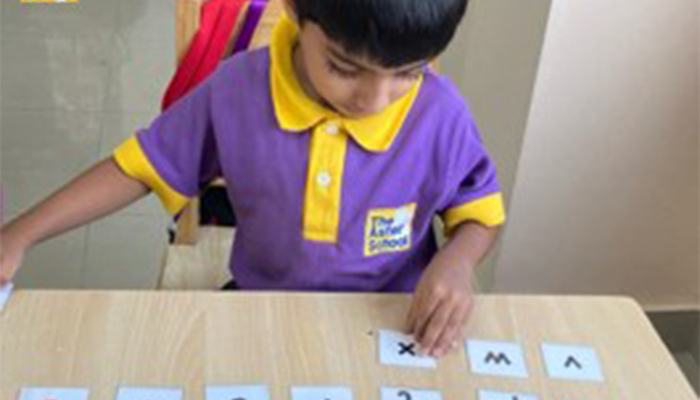
Language Development
- A language-rich environment.
- Communication: Using appropriate nomenclature and enrichment of vocabulary.
- Reading: Low shelves encouraging children to select books that can be read aloud by the adult in the environment.
- The days filled with rhymes, songs and storytelling.
- Objects and pictures in the classroom for naming.
- Classification, phonics, recognition of words, describing actions and intentions.
Language Development
- A language-rich environment.
- Communication: Using appropriate nomenclature and enrichment of vocabulary.
- Reading: Low shelves encouraging children to select books that can be read aloud by the adult in the environment.
- The days filled with rhymes, songs and storytelling.
- Objects and pictures in the classroom for naming.
- Classification, phonics, recognition of words, describing actions and intentions.

Freedom of Movement
- Freedom for exploration.
- Equipment available for the development of gross and fine motor skills.
- Independent learning as there are child sized furniture, homeware and other materials.
- A staircase in the classroom where children can climb and look outside the window.
- Outdoor learning and play are encouraged.
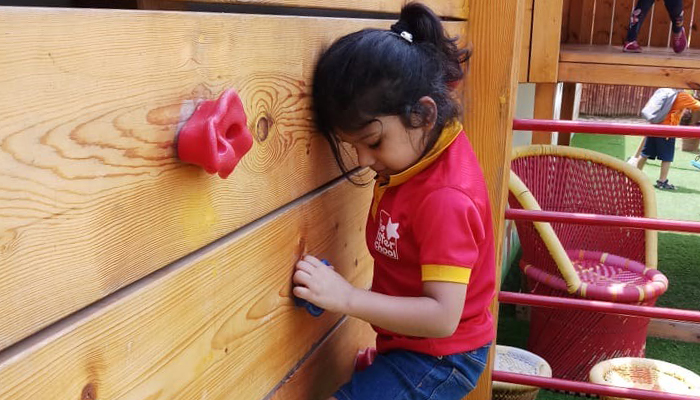
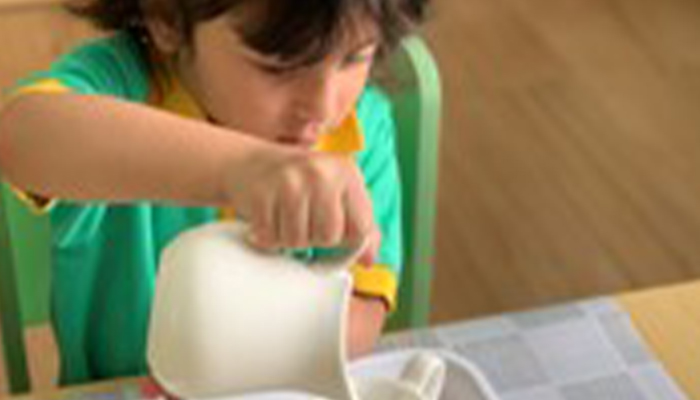
Practical Life Skills
- Every day routine and practices.
- Purposeful activities that lead to developing important life-skills.
- Taking care of oneself and the environment.
- Children work independently.
- Preparing food, cleaning, taking care of plants or wearing their shoes.
- Develop a sense of order, routine and a feeling of accomplishment.
Practical Life Skills
- Every day routine and practices.
- Purposeful activities that lead to developing important life-skills.
- Taking care of oneself and the environment.
- Children work independently.
- Preparing food, cleaning, taking care of plants or wearing their shoes.
- Develop a sense of order, routine and a feeling of accomplishment.

Sensorial
- A sensory rich environment.
- Working with sensorial materials.
- Sensory play and exploration
- Discriminate or match objects by size, color or shape.
- Opportunity to explore water, sand and clay.
- Solve puzzles.
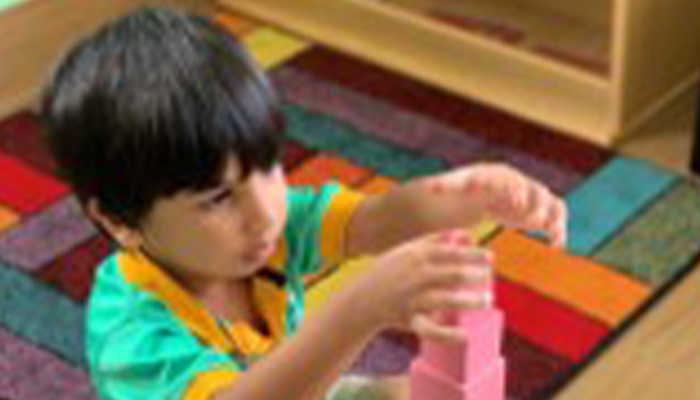

Art & Culture
- Easel in the classroom where children present their creativity and develop coordination.
- Regular activities designed by teachers.
- Using everyday regular materials to construct art.
- Paper-cutting and gluing.
- Explore different mediums.
Art & Culture
- Easel in the classroom where children present their creativity and develop coordination.
- Regular activities designed by teachers.
- Using everyday regular materials to construct art.
- Paper-cutting and gluing.
- Explore different mediums.

Art & Culture
1.
Easel in the classroom where
children present their creativity and
develop coordination.
3.
Using everyday regular materials
to construct art.
5.
Explore different mediums.
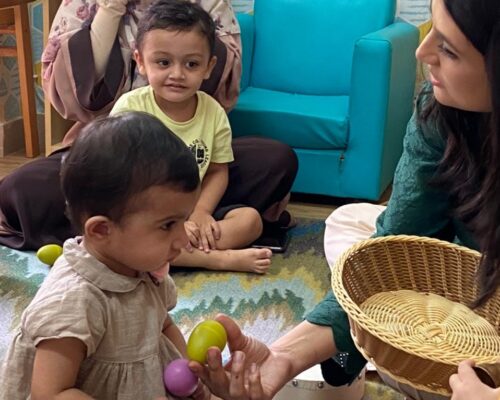
2.
Regular activities designed by teachers
4.
Paper-cutting and gluing.
